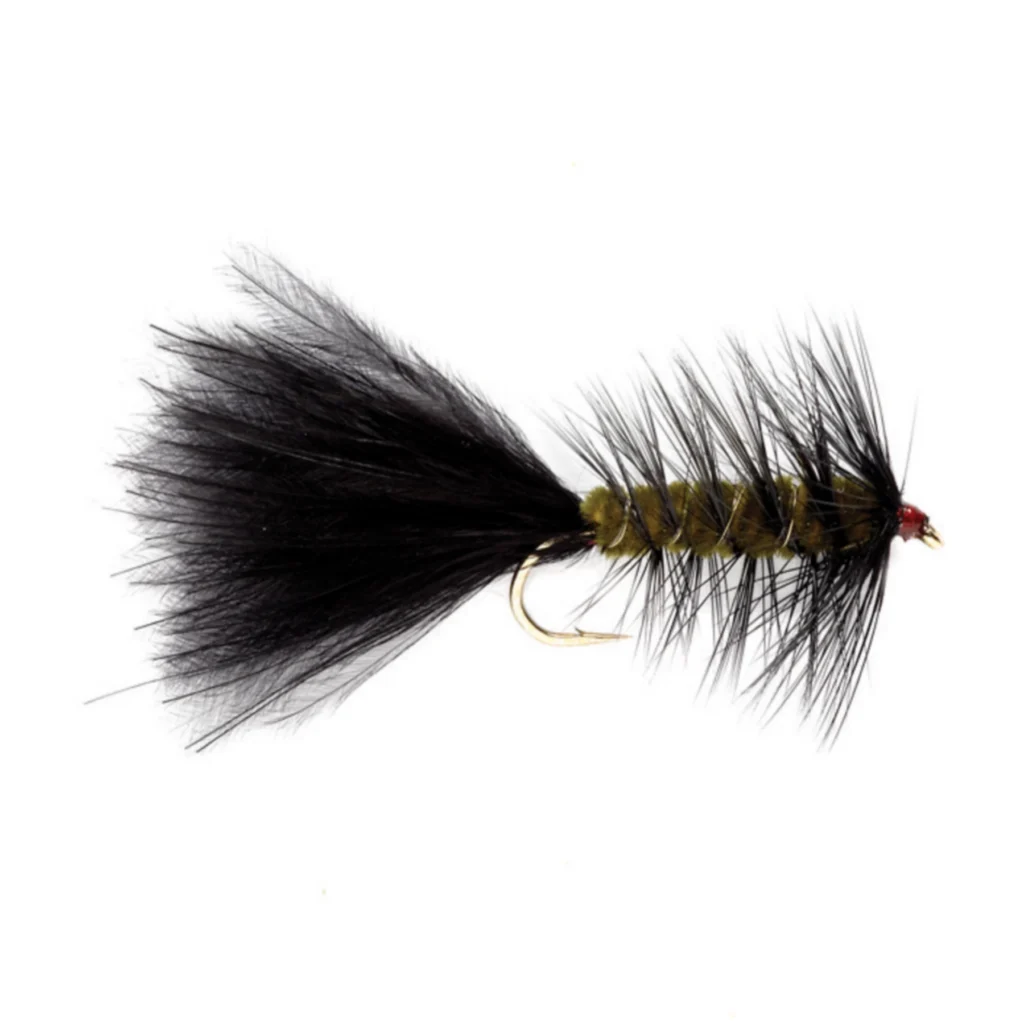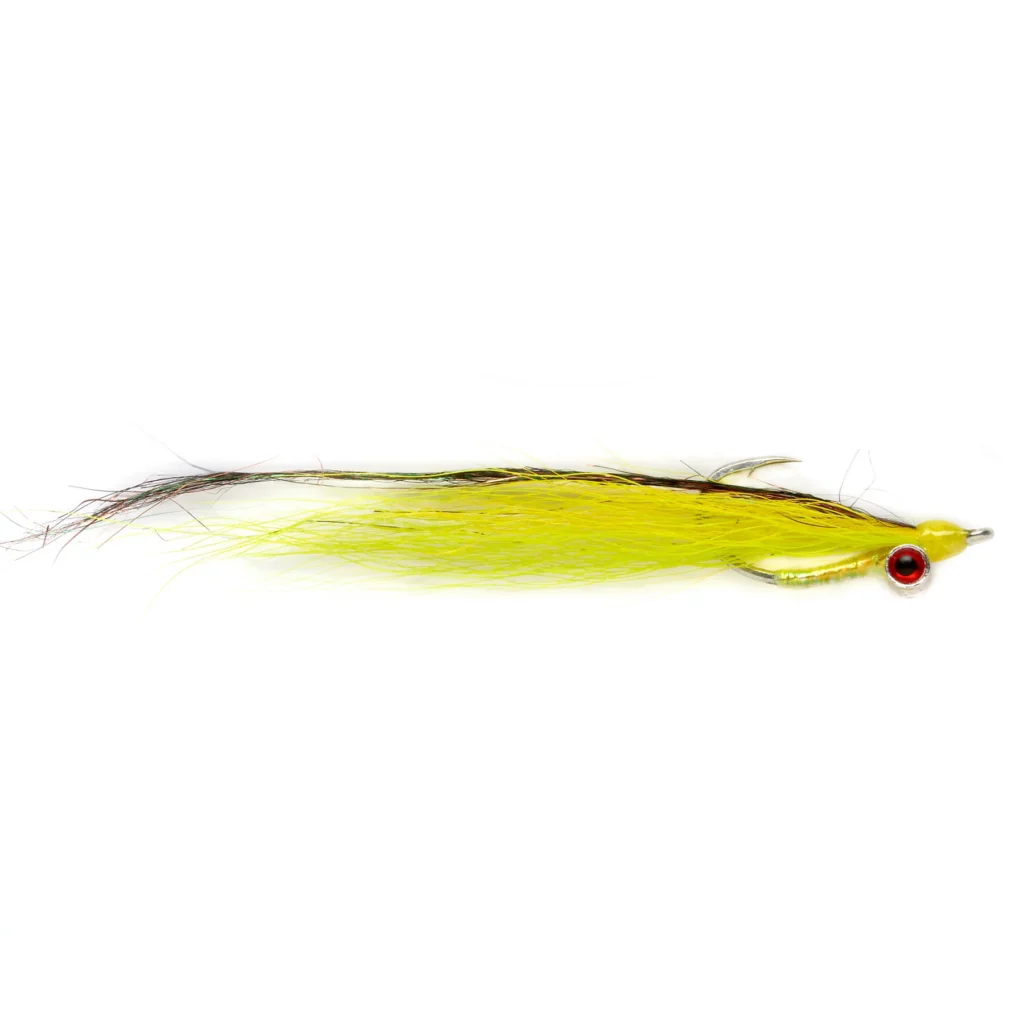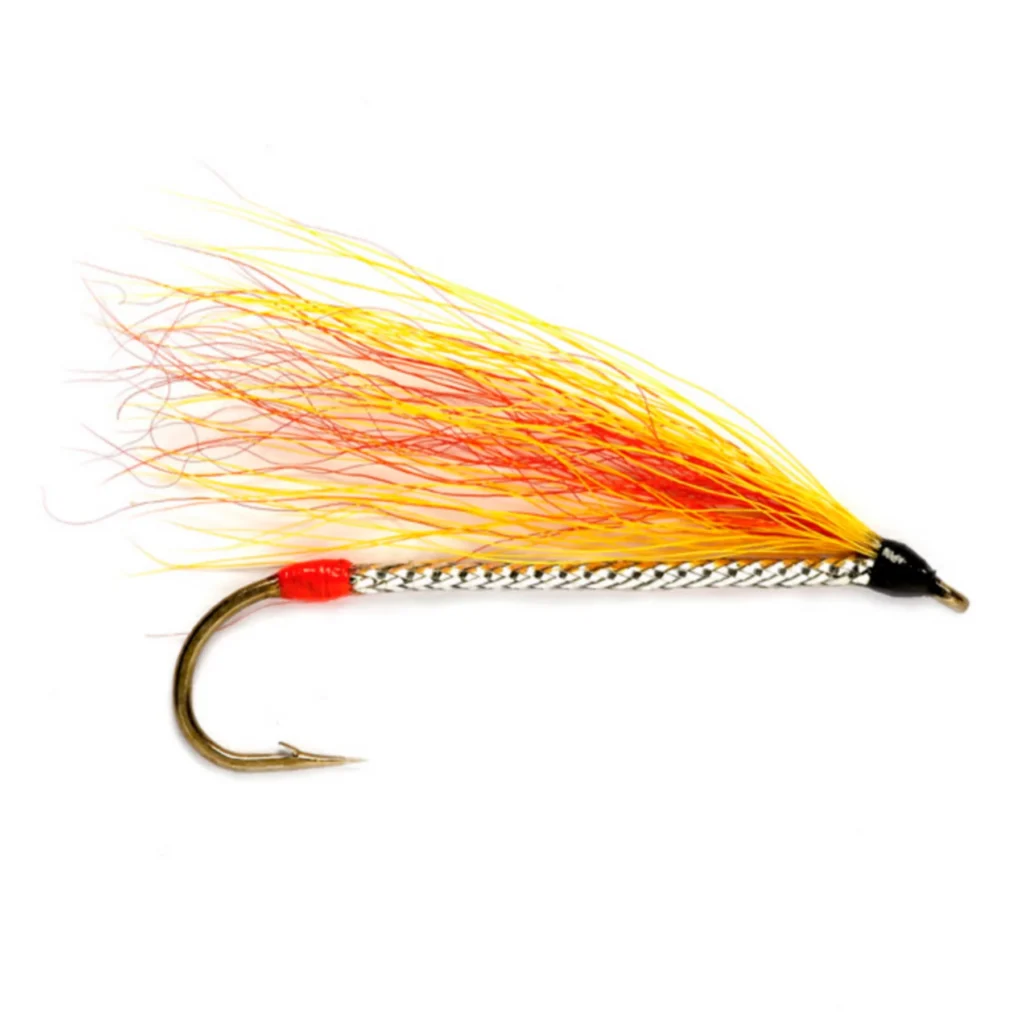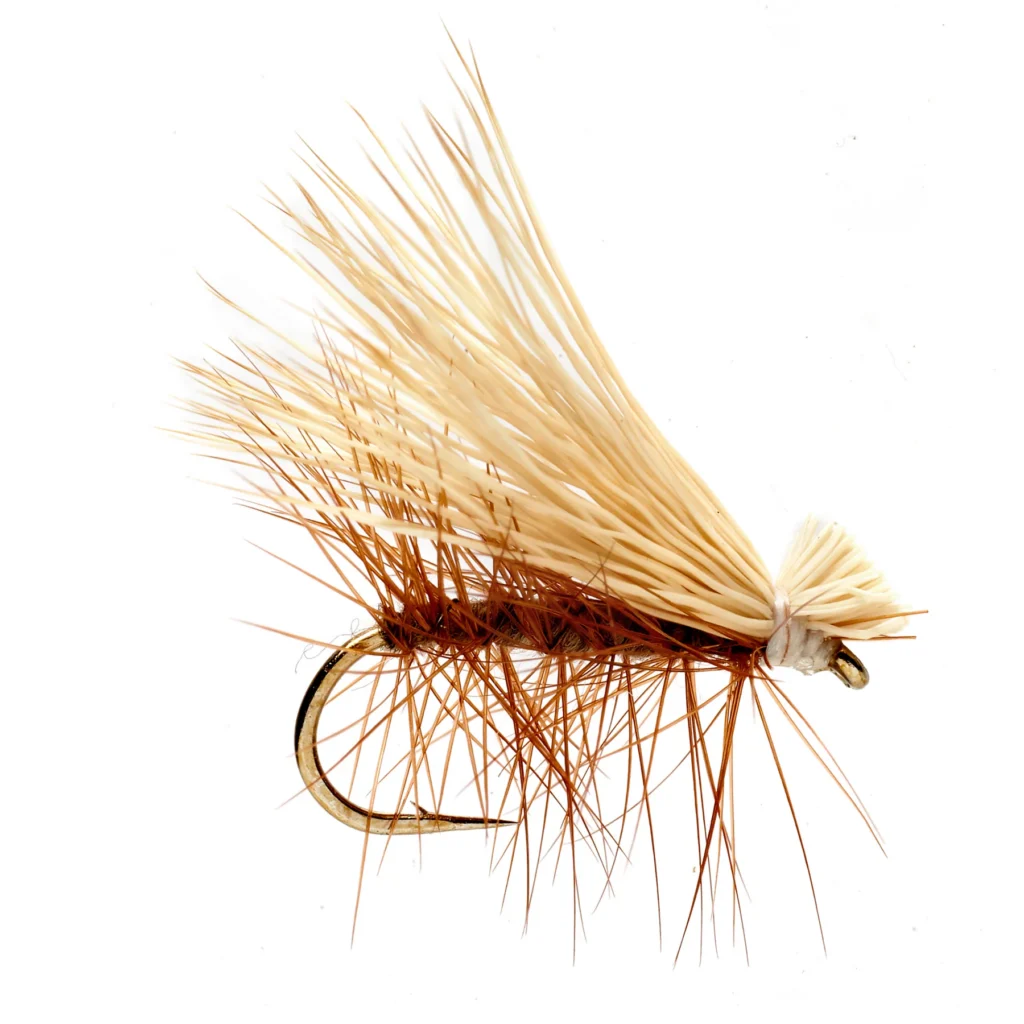Fly fishing is an art form in and of itself – from the rhythm of the cast all the way down to the technique. Fly tying is a sub-discipline to the art and brings anglers two levels of gratification. Before we introduce those two levels, I will answer the question that some people may have: what is fly tying?
In the simplest of terms, fly tying is the act of grabbing any tangible material and tying it onto the shank of a fishing hook. Materials can range from affordable to high-end. Purists love using natural tying materials such as bucktail or pheasant rump. Beginners like using fur from their house pet or knitting yarn.
Here is a list of five easy-to-tie fly patterns that are guaranteed to help you land fish:
- Woolly Bugger

The Woolly Bugger is an extremely versatile streamer fly meant to imitate a leech. Whether it is fished in fast-flowing rivers or still water lakes, this is the go-to fly for many fly anglers across the world.
Materials needed:
Marabou, hackle, wire ribbing, dubbing/chenille, tungsten bead
- Clouser Minnow

Fish eat fish. The Clouser minnow, designed by Bob Clouser, has the ability to imitate any baitfish around the world dependant on the color. This fly pattern has likely caught the most fish around the world than any other fly pattern.
Materials needed:
Bucktail, dumbbell eyes, chenille
- San Juan Worm

There is truth behind the saying, “a worm on a hook has fed more people than any lure ever made.” This fly pattern is as simple as it gets but still reels in an unfathomed amount of fish.
Materials needed:
Chenille
- Bucktail Streamer

Similar to the Clouser minnow, bucktail streamers use the same materials but is tied differently – giving you a taller profile and a new swimming action. Depending on the length of the bucktail, you can target anything from small panfish to monstrous muskies.
Materials needed:
Bucktail, crystal flash
- Elk Hair Caddis

This fly pattern sits high in the water column, often enticing fish to eat on the water’s surface. Imitating caddisflies, the pattern is easy to fish and easy to tie.
Materials needed:
Elk hair, hackle, wire ribbing, dry fly dubbing
Fly tying is all about trial and error. Learning techniques, failing, ending up with your own rendition of a fly pattern is all part of the game. Nonetheless, a fly is a fly at the end of the day and as all fly-tying fishermen say, “it will fish”. The gratification comes when you make a fishable fly and when you land a fish from a fly that you tied on your own.
Works Cited
Knight, K. (n.d.). 12 easy flies to tie (video, materials, and more). Guide Recommended. https://guiderecommended.com/easy-flies-to-tie/
The Editors of Encyclopaedia Britannica. (n.d.). Fly-tying: Knots, materials & tools. Britannica. https://www.britannica.com/topic/fly-tying
Images sourced from orvis.com
Leave a Reply